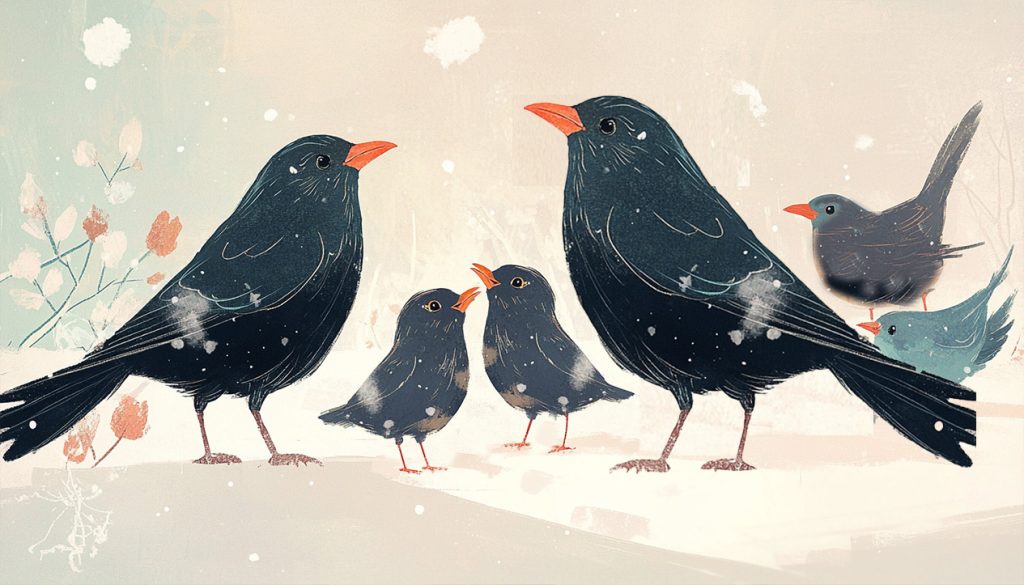
I Giorni della Merla: Scoprire quando finisce l’inverno e inizia la primavera!
The Blackbird’s Days: Learning when Winter Ends and Spring Begins!
Gennaio sta scivolando via…
January is slipping away…
Il mese di gennaio sta per finire. È già quasi agli sgoccioli! Il tempo vola, ma il freddo no! Anche se siamo ormai sulla soglia di febbraio, siamo ancora nel pieno dell’inverno. Il gelo penetra nelle ossa e ci fa domandare se mai arriverà l’estate. L’altro giorno ero su Zoom con un’amica che vive in Italia. Mentre parlavamo, era avvolta in una coperta, ma tremava comunque dal freddo!
The month of January is coming to an end—it’s already on its last legs! Time flies, but the cold lingers! Even though February is just around the corner, we’re still in the heart of winter. The chill seeps into your bones, making you wonder if summer will ever come. The other day, I was on Zoom with a friend who lives in Italy. As we spoke, she was wrapped in a blanket but still shivering!
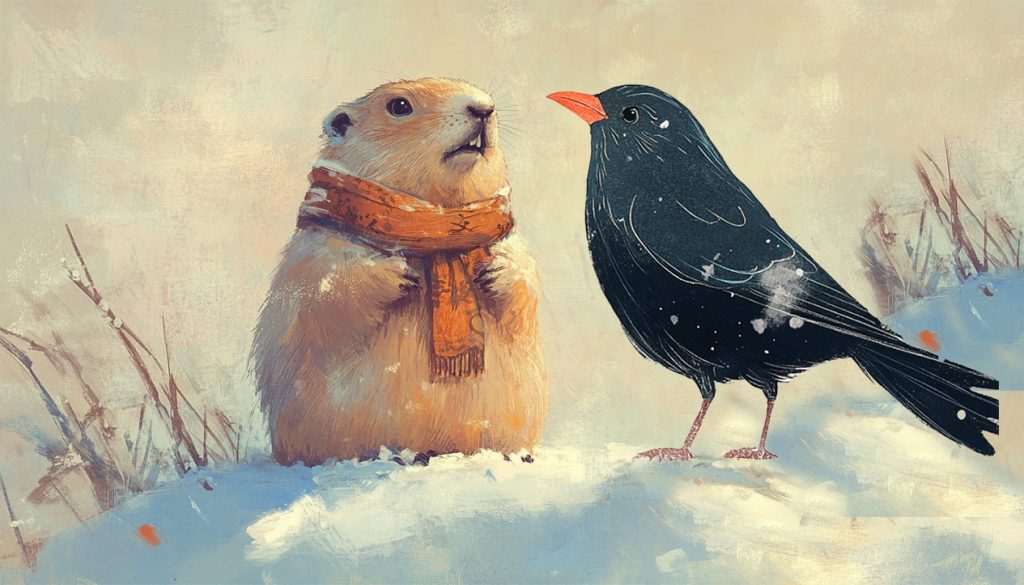
Merli e Marmotte—Una Strana Connessione!
Blackbirds and Groundhogs—A Chilly Connection!
In Italia, gli ultimi giorni di gennaio sono conosciuti come “I Giorni della Merla”. Secondo la leggenda, questi tre giorni (29, 30 e 31 gennaio) determinano l’andamento del resto dell’inverno. Ti suona familiare? È un po’ come il nostro Giorno della Marmotta!
In Italy, the final days of January are known as “I Giorni della Merla”—the Blackbird’s Days. According to legend, these three days (January 29, 30, and 31) determine how the rest of winter will unfold. Sound familiar? It’s a bit like our Groundhog Day!
Negli Stati Uniti, il 2 febbraio, se la marmotta esce dalla tana e vede la sua ombra, si spaventa e si rifugia sottoterra, prolungando il gelo invernale per altre settimane. Se invece non vede la sua ombra, rimane fuori, segnalando che la primavera è in arrivo. Anche se una leggenda guarda le ombre e l’altra ai merli, entrambe condividono lo stesso obiettivo: predire quando finalmente potremo salutare l’inverno!
In the United States, on February 2nd, if the groundhog emerges and sees its shadow, it gets spooked and retreats underground, prolonging winter’s icy grip for several more weeks. If it doesn’t see its shadow, it stays above ground, signaling that spring is on its way. While one legend watches for shadows and the other watches the blackbirds, both traditions share a common goal—predicting when we can finally say goodbye to winter!
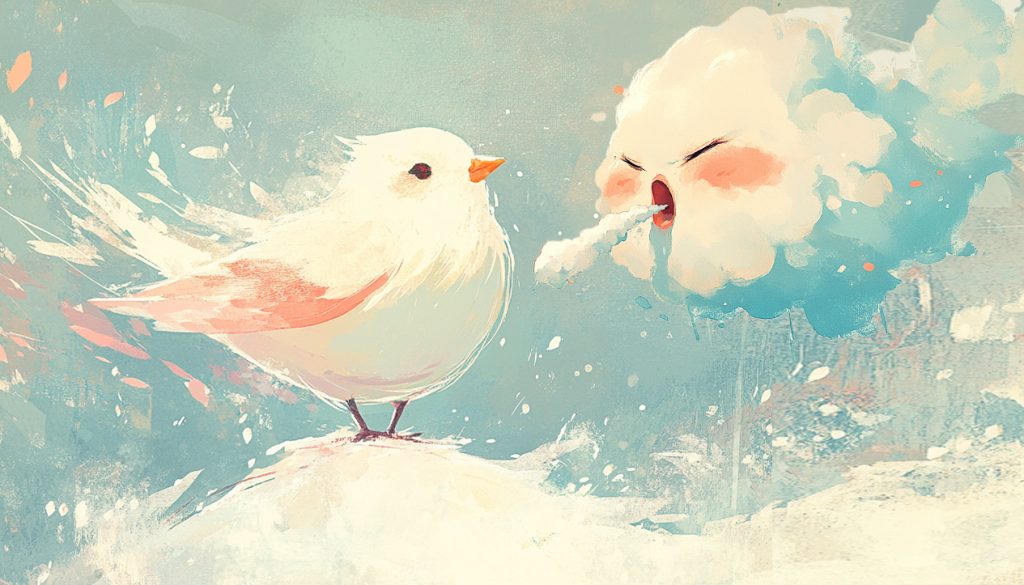
Ecco la leggenda della merla…
Here is the legend of the Blackbird…
Si racconta che tanto tempo fa, in un inverno particolarmente rigido, una bellissima merla dal piumaggio bianco come la neve viveva con i suoi piccoli. Gennaio, dispettoso e gelido, si divertiva a tormentarla con vento, neve e temperature glaciali. Ogni volta che la merla usciva dal nido in cerca di cibo, Gennaio scatenava bufere e gelo, rendendo la sua sopravvivenza ancora più difficile.
Long ago, during an especially harsh winter, a beautiful bird with feathers as white as snow lived with her young little birds. January, cold and mischievous, took pleasure in tormenting her with biting winds, snow, and freezing temperatures. Every time the white bird left her nest in search of food, January unleashed blizzards, making survival even more difficult.
Stanca di essere vittima del suo capriccio, la merla decise di ingannarlo. Quando il mese stava per finire, il 28 gennaio, raccolse tutto il cibo possibile e si nascose con i suoi piccoli dentro un comignolo, al riparo dal freddo. Per tre giorni rimase lì, aspettando che il peggio passasse.
Tired of being at the mercy of his whims, the white-bird decided to outsmart him. As January was coming to an end, on the 28th, she gathered all the food she could find and took shelter with her chicks inside a chimney, safe from the bitter cold. She remained there for three days, waiting for the worst to pass.
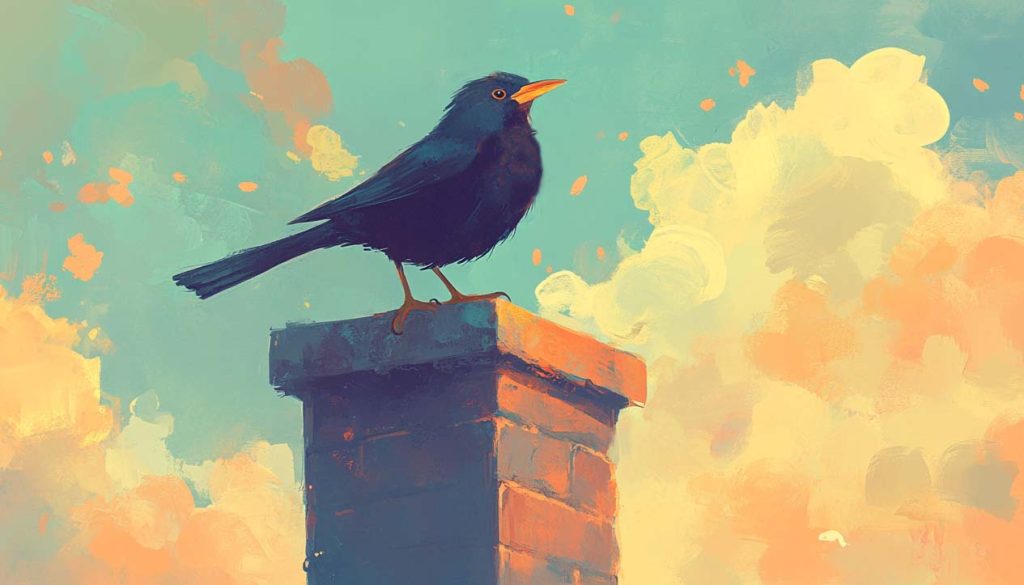
Gennaio, offeso dall’astuzia dell’uccello, chiese in prestito tre giorni a Febbraio e scatenò l’ultima ondata di gelo, sperando di farla uscire. Ma la merla, furba e paziente, rimase nascosta. Finalmente, il 1° febbraio, uscì dal comignolo, ma il suo piumaggio non era più bianco: la fuliggine lo aveva annerito per sempre.
January, offended by the bird’s cleverness, borrowed three extra days from February and unleashed one last wave of freezing weather, hoping to force her out. But the white-bird, wise and patient, stayed hidden. Finally, on February 1st, she emerged from the chimney—but her feathers were no longer white. The soot had permanently blackened them.
Da quel giorno in poi, la leggenda narra che tutti i merli dal piumaggio bianco furono trasformati per sempre, le loro penne annerite dalla fuliggine del camino. Da allora, gli ultimi tre giorni di gennaio—29, 30 e 31—sono conosciuti come “I Giorni della Merla”, considerati i più freddi dell’anno. Secondo la tradizione, se questi giorni sono particolarmente gelidi, la primavera arriverà presto; se invece sono miti, l’inverno si ostinerà a rimanere ancora un po’.
From that day forward, legend has it that all white-feathered birds were forever transformed, their plumage darkened by the soot of the chimney. Since then, the last three days of January—January 29, 30, and 31—have been known as “I Giorni della Merla”, the Blackbird’s Days, said to be the coldest of the year. According to tradition, if these days are especially frigid, spring will arrive early; if they are mild, winter will stubbornly linger a little longer.
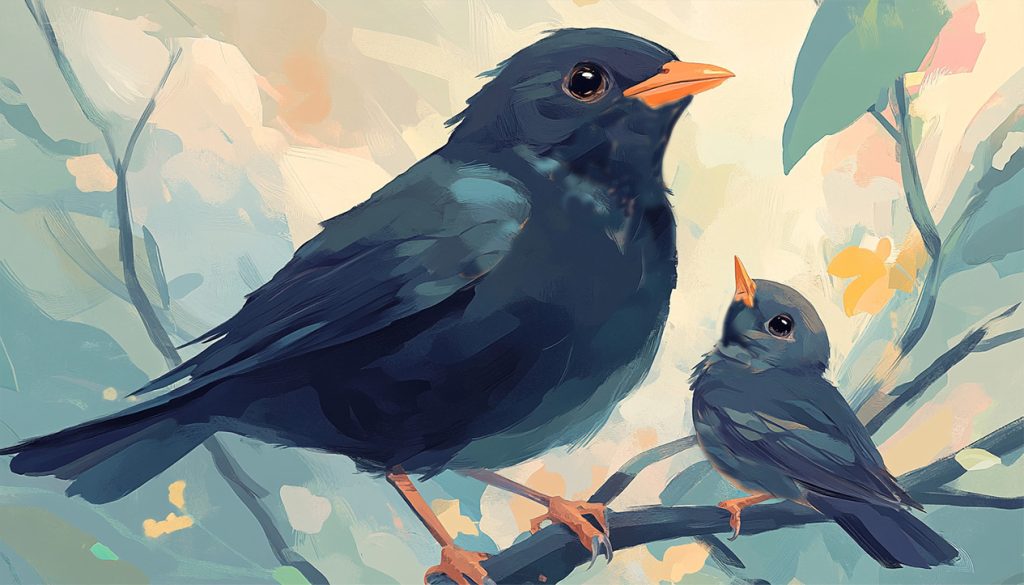
Mi piacerebbe conoscere la tua opinione!
I’d like to know your opinion!
Allora, cosa ne pensi? Che tu dia credito alle stravaganti leggende di marmotte e merli o preferisca un approccio più scientifico—osservando il riscaldamento atmosferico e i modelli climatici—qual è la tua previsione? La primavera arriverà in anticipo o l’inverno si ostinerà a rimanere ancora un po’? Condividi i tuoi pensieri nei commenti!
So, what do you think? Whether you trust the whimsical legends of groundhogs and blackbirds or prefer a more scientific approach—tracking atmospheric warming and climate patterns—what’s your prediction? Will spring make an early arrival, or will winter stubbornly hold on a little longer? Share your thoughts in the comments!










